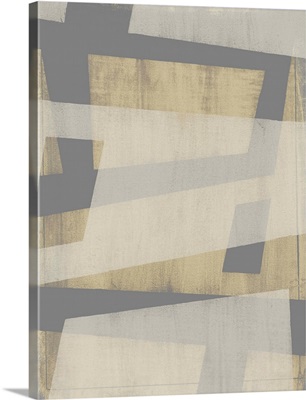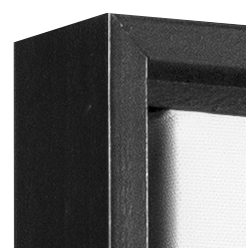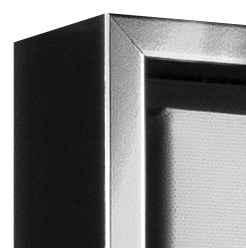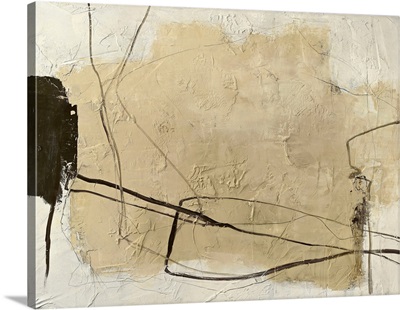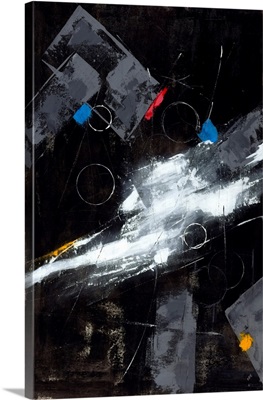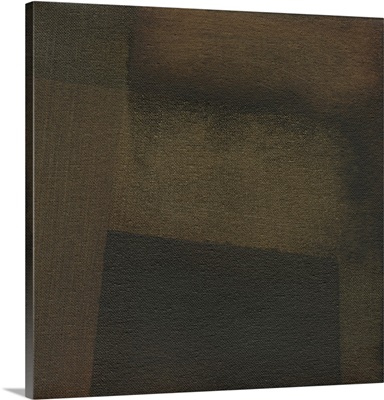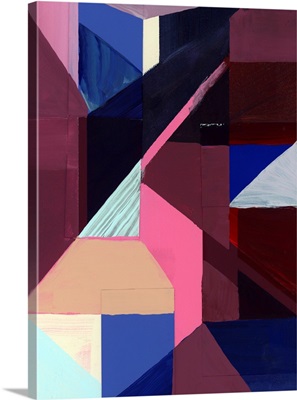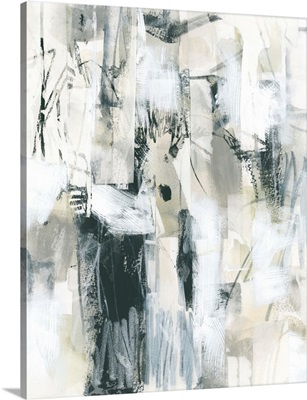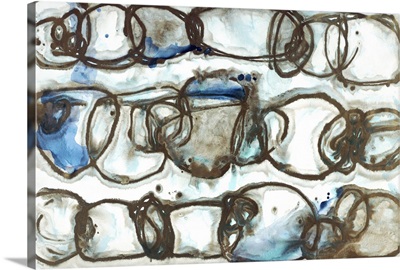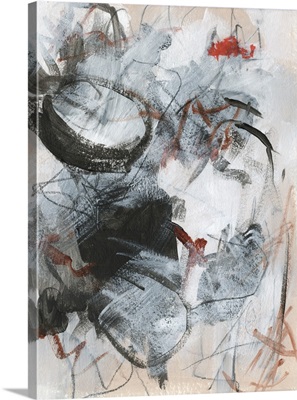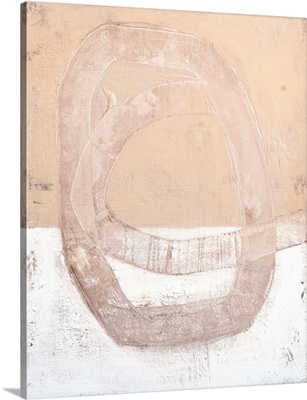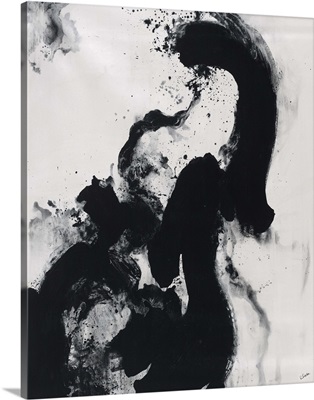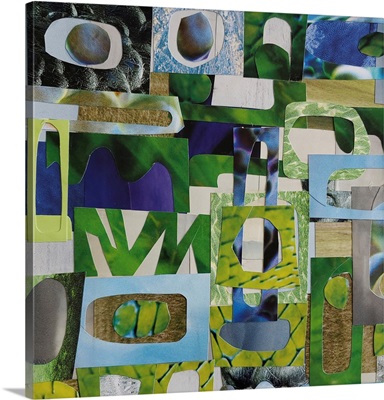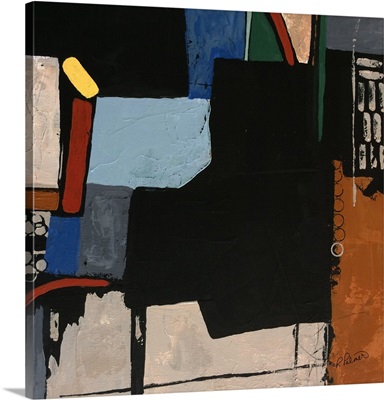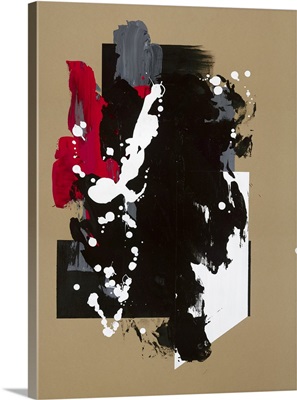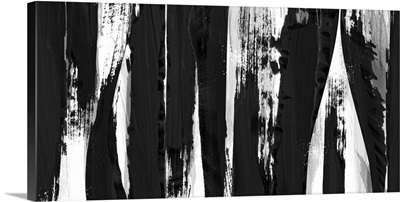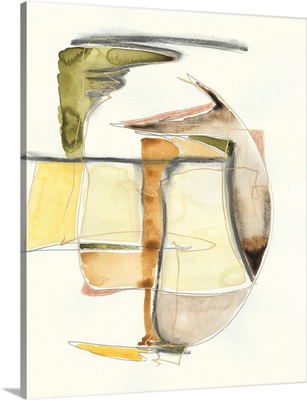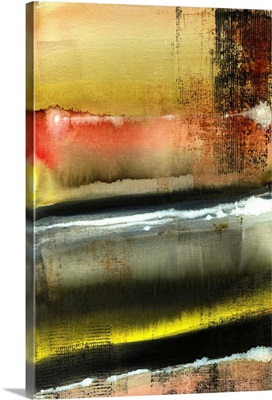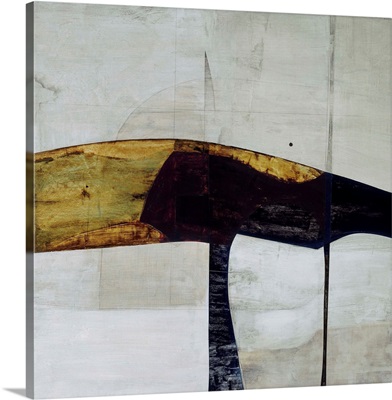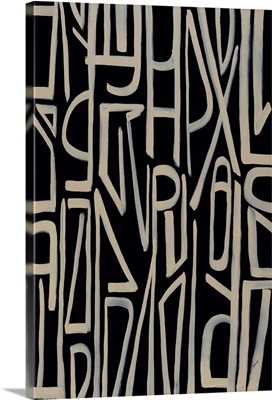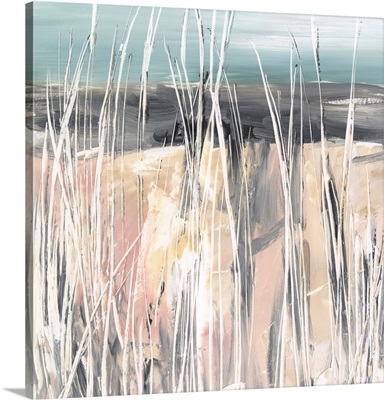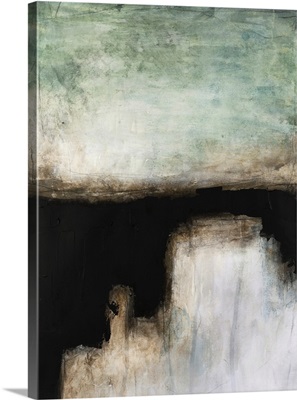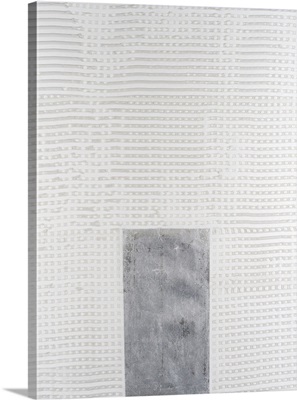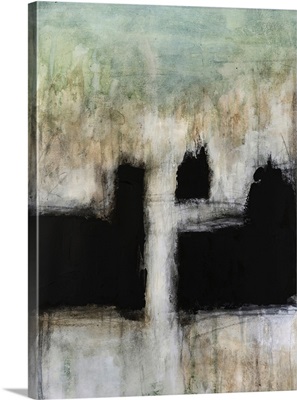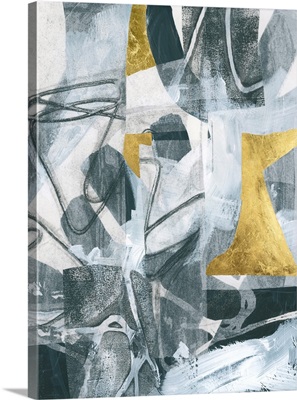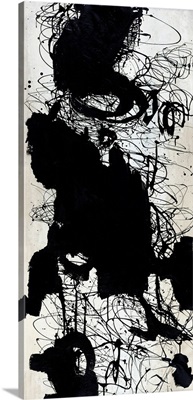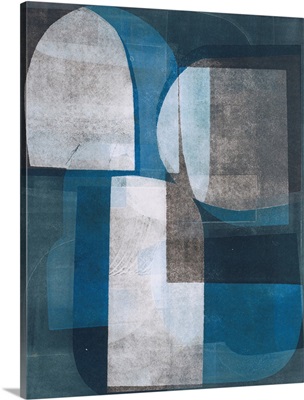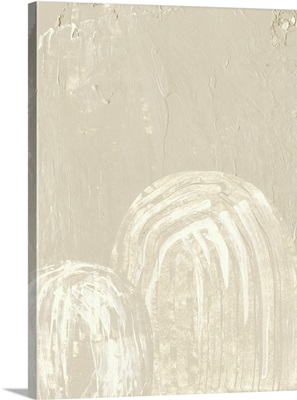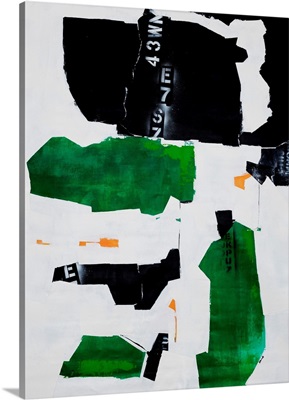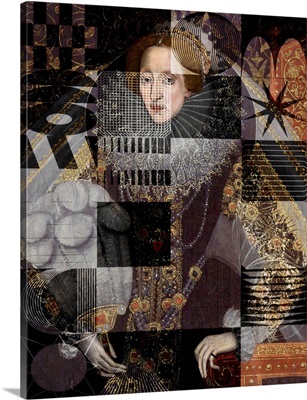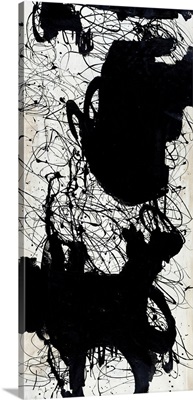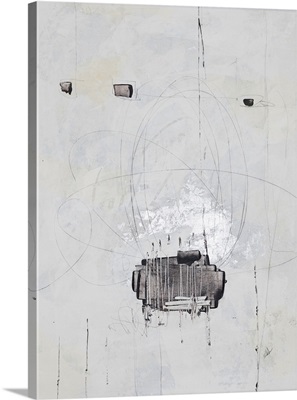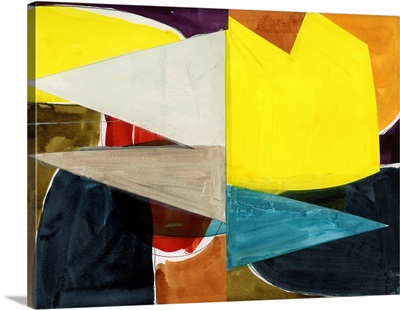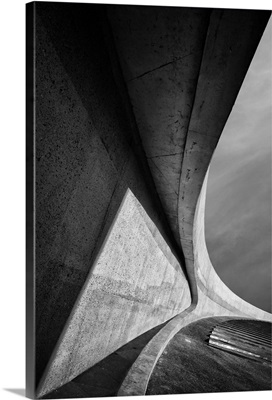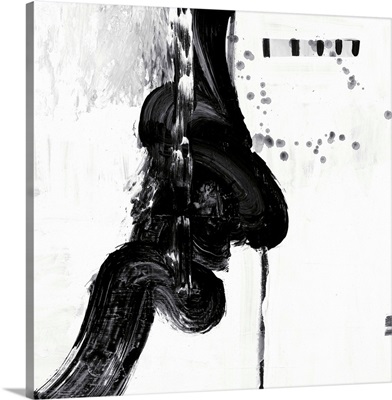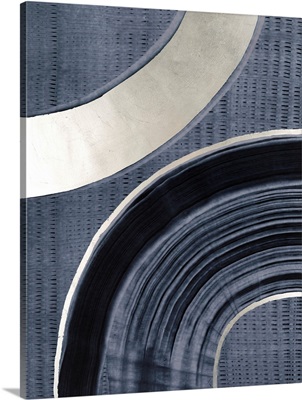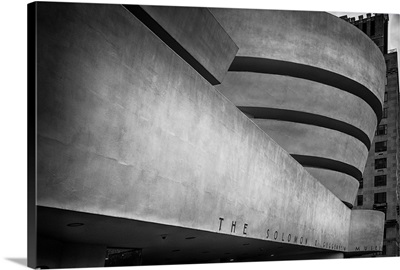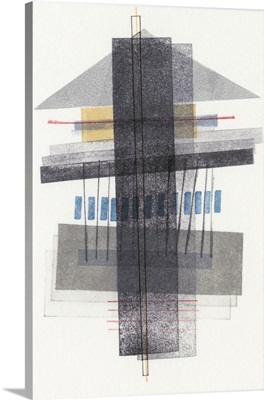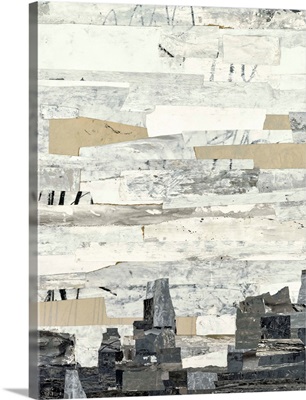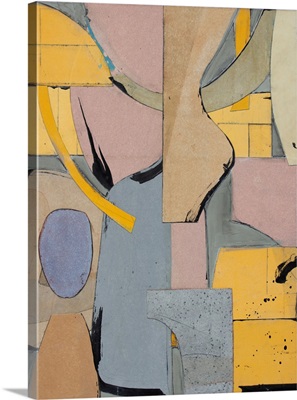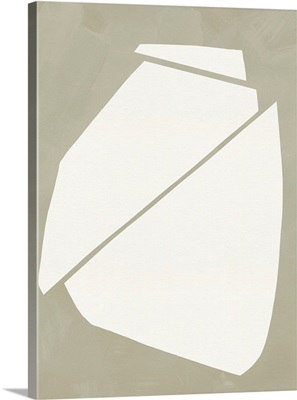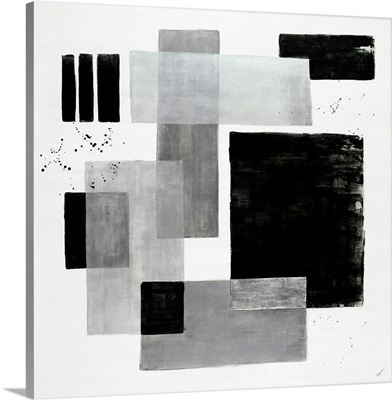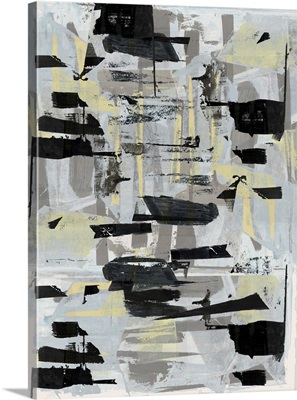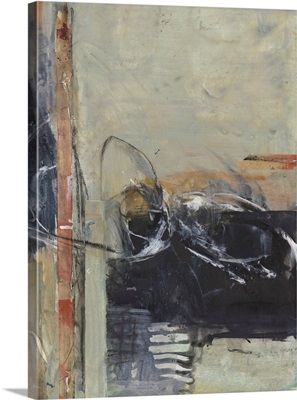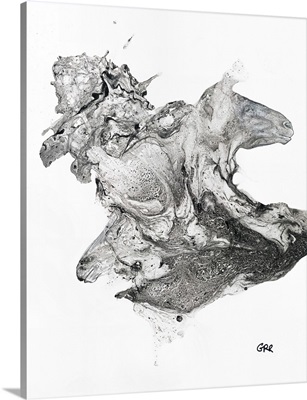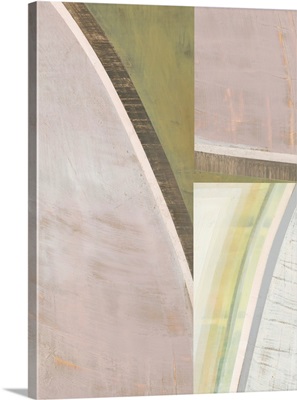Brutalism Wall Art
Recommended
Recently Viewed
About Brutalism
Brutalism Wall Art
Brutalism wall art is linked to an architectural trend that emerged in the UK after World War II known as brutalism. Like all other forms of wall art, brutalism wall art is an aesthetically pleasant art form that adds an extra dimension to homes, offices, and other spaces. They are also wonderful complements to other forms of interior décor, helping to create an overall visually appealing scenario. But not many realize that brutal architecture was inspired by avant-garde art.
Connecting Brutalism Wall Art and Architectural Brutalism
The biggest impact on brutalism was exerted by avant-garde trends such as art autre, art brut, and musique concrète. Brutalist architects were mostly inspired by the works of artists like Jackson Pollock, Pierre Schaeffer, Jean Dubuffet, and Nigel Henderson, Eduardo Paolozzi.
The idea of architecture based on completely new principles was promoted by historian and critic Reyner Banham who was searching for another kind of architecture — une architecture autre (other architecture). The idea behind the term was not original to Banham because it was already associated with Michel Tapie's concept of un art autre which was intended to inspire something equally radical. Specifically, in 1952, the French art critic and curator Michel Tapié published the book Un Art Autre in which he argued that post-war art should reflect the turbulent nature of that period and hence completely reject old styles.
The examples he gave of art autre, include, among others, works by Pollock, Paolozz, and Dubuffeti, as well as “anti-artists” such as Georges Mathieu and Jean Fautrier. The characteristics of works portrayed as art autre include expressiveness and anti-formalism. The spontaneously created works were a radical departure from traditional notions of composition and order. The “New Brutalism” doctrine seemed to be the beginning of the sought-after architecture of another kind. This was confirmed by the first projects developed by the Smithsons as well as the buildings of other British architects.
Pollock's Revolutionary Influence
Jackson Pollock's works were the most instrumental in the rejection of the classical principles in brutalist architecture. Europeans had their first view of his spatter paintings at the Biennale di Venezia in 1950. Three years later, British architects became more acquainted with his works at the “Opposing Forces” exhibition held at the Institute of Contemporary Art in London. According to Banham “The impact of these [Pollock's] pictures on the intellectual edifice which architects had built around classical theories of measure and proportion was to be extremely destructive.”
In Pollock's spatter paintings, the Smithsons saw a revolutionary approach to artistic creativity and a new order in art. Jackson Pollock was a proponent of action painting, radically deemphasizing formalistic artistic principles. This form of painting is fundamentally a notation of the creative process. It also has a link with the all-over principle which involves painting in a way that makes every element of the picture expressive and important. Similar ideas were implemented in several brutalist buildings – all elements were expressive and visually strong. A good example is the Boston City Hall (1963–1968). During its design, Gerhard Kallmann utilized his concept of “action architecture”, which was inspired by Pollock's action painting and its critical reception. Brutalism has since lost steam but is not completely extinct.
Contemporary Brutalism Wall Art
Over time, the word “brutalist” has been adopted into other realms such as furniture design and the decorative arts in the form of brutalism framed wall art and brutalism canvas art, among others. What makes these art pieces fashionable is that a few colorful pieces of brutalism canvas art can go a long way in complementing our homes, offices, and other spaces. Brutalism wall art is nothing but a celebration of artistic expression on canvas and other mediums. Large-scale paintings with bold, graphic elements can breathe creative air into any space while serving as a celebration of the multidisciplinary character of modernist movements.



